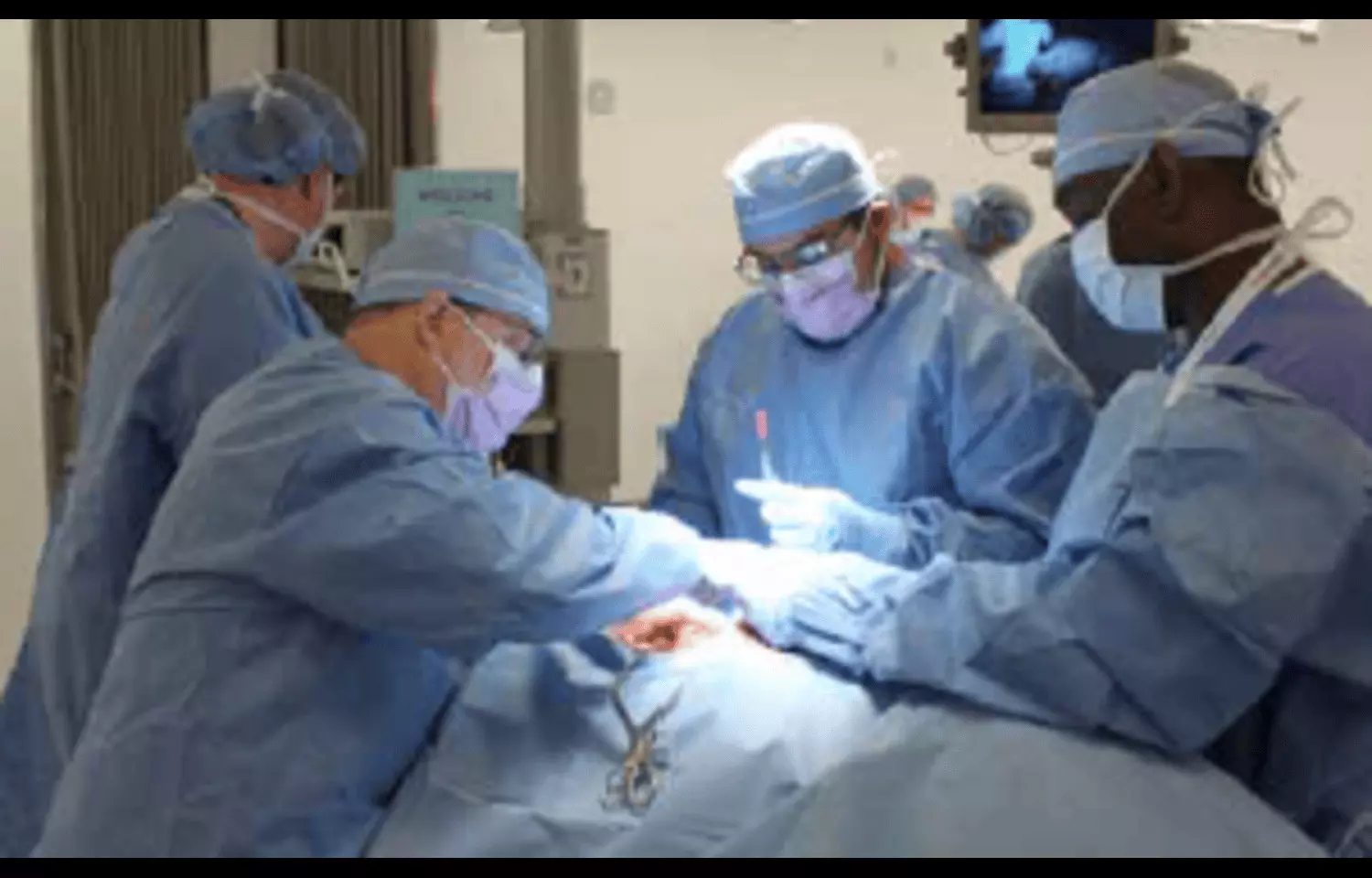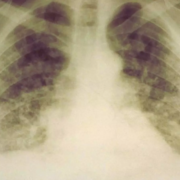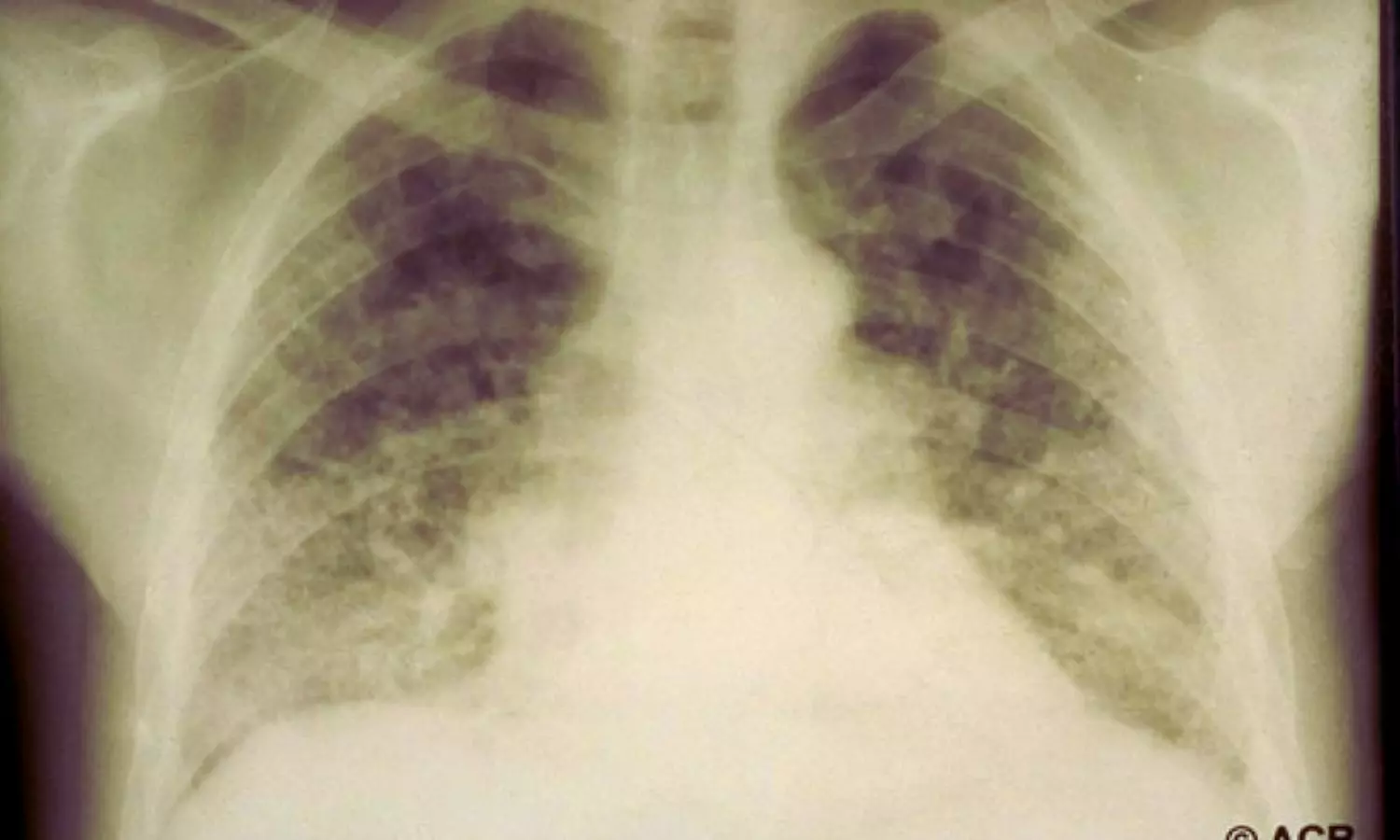Premenstrual Dysphoric Disorder Prevalence and Symptoms across Age Groups: A Cross-Sectional Study

Premenstrual symptoms can manifest at any point after
menarche and considerably affect women’s quality of life, mental health and
personal and work relationships, especially in severe cases. Premenstrual
symptoms can be divided into somatic and psychological components. Somatic
symptoms include abdominal pain, cramps, nausea, breast pain and swelling,
whereas psychological symptoms are further divided into affective (e.g.,
irritability, anxiety, depressive mood), cognitive (e.g., difficulty in
concentrating, memory loss), neurovegetative (e.g., low libido, insomnia,
hypersomnia, fatigue, lack of energy, increased appetite) and behavioural
(e.g., withdrawal from daily activities) symptoms. These symptoms have a clear
temporalrelationship with the premenstrual period and cause significant
distress that interferes with functionality. The fifth edition of the
Diagnostic and Statistical Manual of Mental Disorders classifies premenstrual
symptoms as depressive disorders under the name “premenstrual dysphoric
disorder” (PMDD). There must be a minimum of five symptoms, one of which is a
core symptom: affective lability, irritability, depressed mood and anxiety. The
term “premenstrual syndrome” (PMS) is applicable to cases in which there are
insufficient symptoms of PMDD, which usually occur with less severity.
The present study primarily aimed to estimate the prevalence
of PMDD based on self-reported somatic and psychoemotional symptoms. Its
secondary objectives were to estimate the prevalence and severity of each
premenstrual symptom by age and to conduct an association analysis between
psychoemotional and somatic symptoms. This is a secondary analysis from a
previous study that evaluated the prevalence, intensity and regional
distribution of PMS in the same population. This study will improve knowledge
and awareness of a disorder that significantly impacts the quality of life of
women of reproductive age.
To estimate the prevalence and symptom severity of
premenstrual dysphoric disorder (PMDD) in Brazilian women according to age
groups, and to conduct an association analysis between psychoemotional and
somatic symptoms.
Prevalence of PMDD was 3.57% (95% CI: 3.40–3.75).
Psychoemotional symptoms were more prevalent than somatic symptoms, with
anxiety/tension (99.9%) and irritability/anger (99.8%) being the most frequently
reported symptoms. Weight gain (92.5%) and edema (92.1%) were the most
prevalent somatic symptoms. Anxiety/tension and headache occurred independently
of other symptoms. Binge eating was associated with weight gain (OR=2.77, 95%
CI [2.11, 3.62]), acne (OR=2.37, 95% CI [1.79, 3.10]), immunoallergic
exacerbations (OR=1.81, 95% CI [1.26, 2;60]) and edema (OR—0.74, 95% CI [0.55,
0.97]). Affective lability was associated with immunoallergic exacerbations
(OR=1.49, 95% CI [1.16, 1.91]) and mastalgia (OR=1.29, 95% CI [1.02, 1.63]).
Depression was associated with acne (OR=0.72, 95% CI [0.57, 0.89]) and weight
gain (OR=0.77, 95% CI [0.61, 0.96]).
The prevalence of PMDD found in this study is consistent
with that reported by other investigations, in which the percentages varied
from 1.8% to 5.8%, including Brazilian studies. This result is similar to the
pooled prevalence of confirmed diagnosis found in the largest and most recent
systematic review on the prevalence of PMDD. The high prevalence of
psychoemotional symptoms is also consistent with the findings of other studies.
A previous study based on the same population found that 38.91% met criteria for
PMS. Although affective lability and depression/sadness are core symptoms, they
were not among the four most common severe symptoms. Depression/sadness ranked
as the fifth most prevalent symptom, behind decreased interest in routine
activities. Affective lability was the eighth most prevalent severe symptom,
behind weight gain and headache.
Authors expected to observe fewer symptoms in the
40–49-year-old group because severe symptoms have been reported by
epidemiological studies to be more prevalent in younger women. No statistically
significant difference was found among the age groups with respect to the total
number of severe symptoms. Additionally, the number of moderate and severe
psychoemotional symptoms did not significantly differ, however our analysis
showed that somatic symptoms were less prevalent in the younger age group.
Symptoms such as depression and anxiety may worsen during
the menopausal transition in women with PMS or with more symptomatic menstruation
during early life. In this study, the only symptoms that were more prevalent in
the 40–49-year-old group were anxiety/ tension and affective lability.
Regarding treatment, more women in the 20–29-year age group were willing to use
contraceptives as treatment for premenstrual symptoms. This age group could
benefit from contraception when necessary; if this is the chosen method, these
medications would be worth considering. The slightly higher resistance to
contraceptive use as treatment for PMDD may have arisen from the misconception
that these medications can only be used for birth control or that hormonal
treatments may pose a greater risk. Older patients may benefit from educational
programs on contraceptive knowledge.
An understanding of the epidemiology of PMDD in this sample
of Brazilian women and the symptomatic profiles in different age groups can
guide the development of more effective and specific diagnostic and treatment
protocols for each population. Because menstrual disorders have characteristics
that fit into two major specialties (namely, psychiatry and gynaecology), they
do not often receive due attention from health professionals, resulting in
incomplete investigations or ineffective treatment. For a psychiatrist’s
clinical practice, knowing and investigating the patterns of symptom changes
during the menstrual period, which are routinely performed by a gynaecologist,
can help differentiate the aetiology of these symptoms in patients, possibly
resulting in different therapeutic proposals. Gynaecologists may benefit from a
better knowledge of therapeutic measures for these disorders, such as the use
of antidepressants and nonpharmacological therapeutic techniques. Although no
evidence supports the superiority of a specific drug type, there are
differences in side-effect profiles between selective serotonin reuptake
inhibitor antidepressants and oral contraceptives, which are both considered the
first-line treatments. By understanding the most prevalent symptoms and
treatment expectations of women, the most appropriate treatment can be
selected. This reduces the time required to achieve the desired response and
minimises the impact of illness on their lives.
Source: Adriana Orcesi Pedro,
Roberto Carmignani Verdade, Maura Gonzaga Lapa; BJOG: An
International Journal of Obstetrics & Gynaecology, 2025; 0:1–10
https://doi.org/10.1111/1471-0528.18261
Powered by WPeMatico









